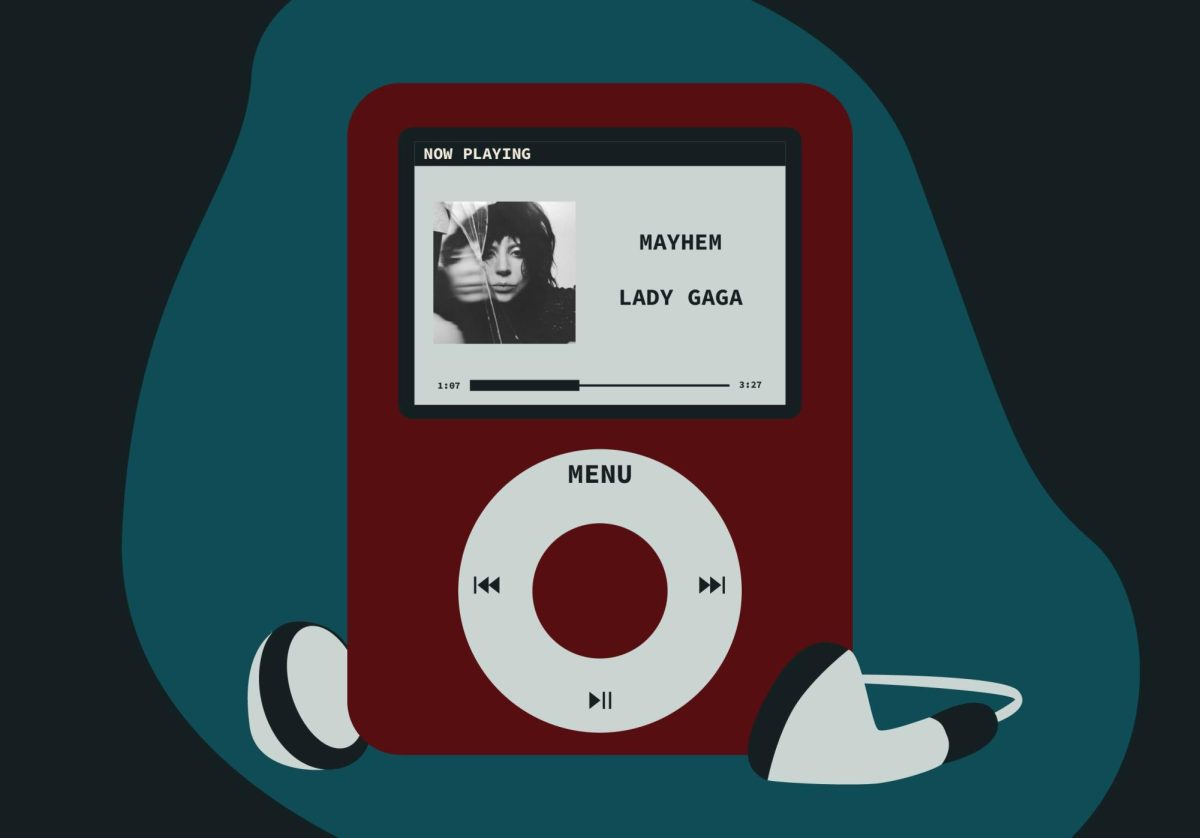Even though Japanese is called “Nihongo” in its native land, it’s the Roman “j” we see riding in front of “j-rock,” coasting through the waves of satellite MTV to fly the flag of a culture baby-mothered by globalization and fathered by pop. So what’s below the stage makeup and under the subtitles? Does j-rock call up our associations of regular old U-S-of-A-rock, full of images of guitars smashing on amplifiers, nomadic hippies, and too many idols dying of overdoses in their bathtubs? Rock is becoming an archetype strong enough to survive the translation.
Tatsuro, sitting somewhere between Madonna and Chingy in the constellation of one-named stars, describes his band Mucc as “rock music about the soul.” Mucc is a translation of their Japanese name, suited for easy Googling by their following in first France and now the states, the fruits of which reveal that Mucc means “69.” How 69 fits in with the spirituality of Mucc is unclear, but Tatsuro swears that many songs are about universal experiences, his favorite being a tune about lost love.
Their sound is similar to Incubus. Sometimes the metal is as heavy as a rack of iron at the gym, and sometimes it winds down into radio-friendly ballads. Whether their lyrics condemn TV and condone smoking indigo is information you’d have to learn Japanese to understand. Playing alongside bands like Avenged Sevenfold on the recent Taste of Chaos tour, they add a tinge of chaos that summons Metallica.
Mucc might appear one day with lipstick smearing down their mouths as if just feasting on black-blooded meat, the next day hitting the stage with asymmetrical hair dyed to resemble a bin of rainbow sherbet. Music video sets play in the realm of gothic fantasy, capped off with shrieking music that would make any mom visiting Hot Topic worry about the serotonin levels of her teenager.
This brand of theatrical, body-as-art style is known in Japan as “visual kei,” and has its origin in the infant days of j-rock glory, the 1980s. Although we might see vestiges of the fashion weird-plosion of the ’80s in bands like the Darkness, Japan’s visual kei scene has survived the tough demands of cultural evolution and gone on to spawn Harajuku style.
Practiced by young adults who hang out on a bridge near one of Tokyo’s shopping districts, Harajuku style inspired Gwen Stefani to literally sing praises, calling it “visual grammar,” “a ping-pong match between Eastern and Western,” and “a subculture in a kaleidoscope.” Many Harajuku styles are tributes to older j-rock band members, while others are Lolita-inspired plays on the innocence of the demure schoolgirl look. Androgyny and hyper-sexuality fit in somewhere between candy-cane patterned knee socks, lacy surgical masks and puffy bridal gowns full of acid-inspired trimmings.
Stefani herself sang that Harajuku life was “style detached from content,” but assuming that Japan’s pop culture is equally as empty as critics accuse ours of being is a big assumption. As Tatsuro points out, “the people making j-rock have far different lifestyles and traditions than people in the U.S., and those differences show through in j-rock’s sound.” After all, when Elvis was shaking his hips on old black-and-white TV sets, the other side of the world was recovering from the devastation of World War II.
As visiting professor Toshifumi Miyawaki points out, “Terms like j-pop, j-rock, j-bungaku, etc. have been used since the ’80s. They represent the quest to establish some kind of identity as Japanese, I guess.”
Multiply that by India’s Bollywood, divide it by all of Madonna’s Kabbalah bracelets, and add it to the ships bringing goods from one sea to the next. Maybe that will give us an idea of what cultural translations we’ll be Google-searching
in 10 years.







